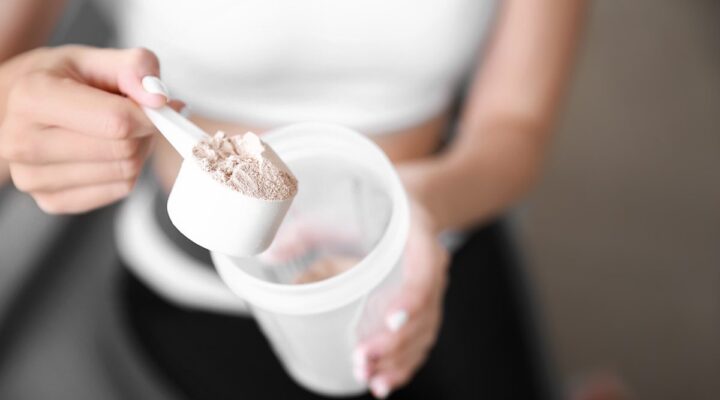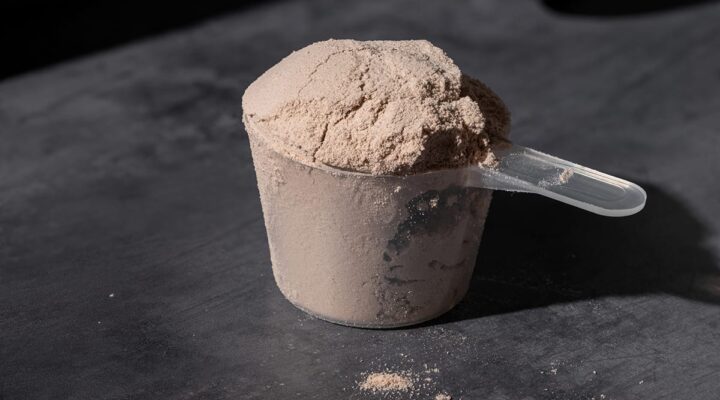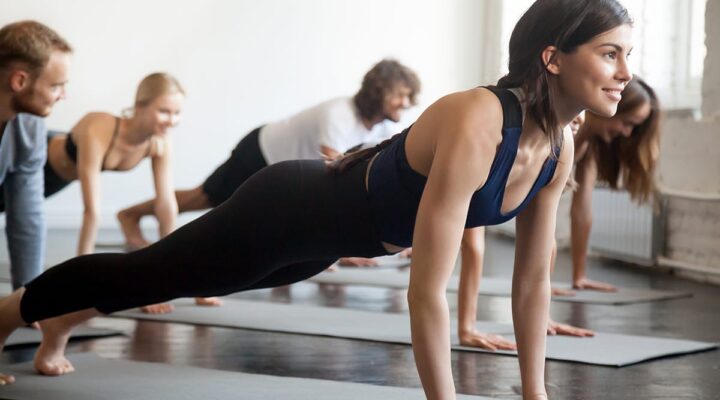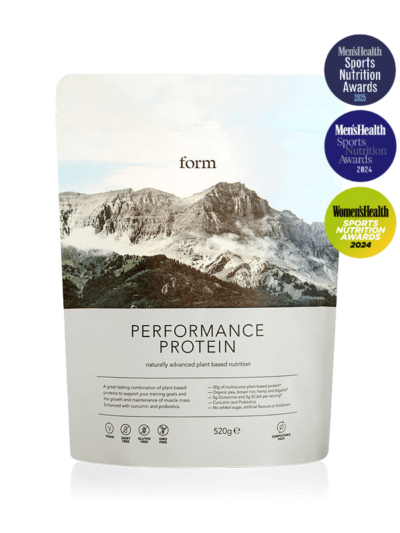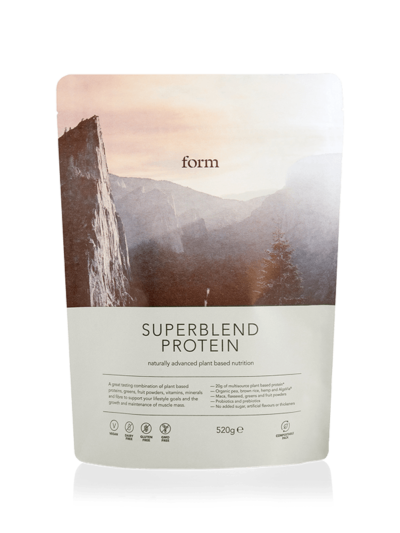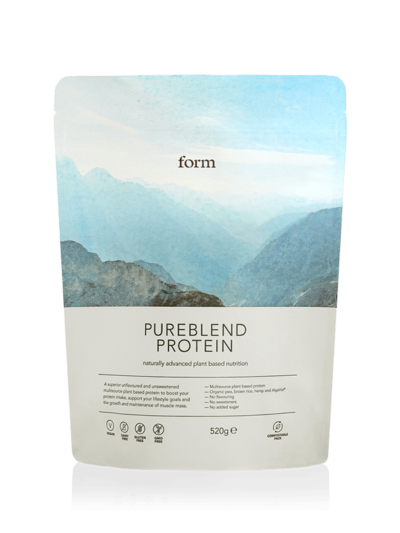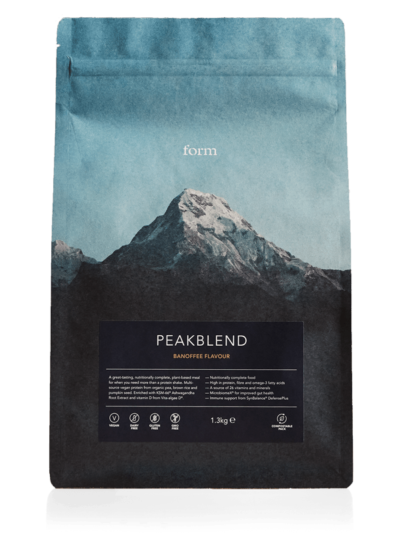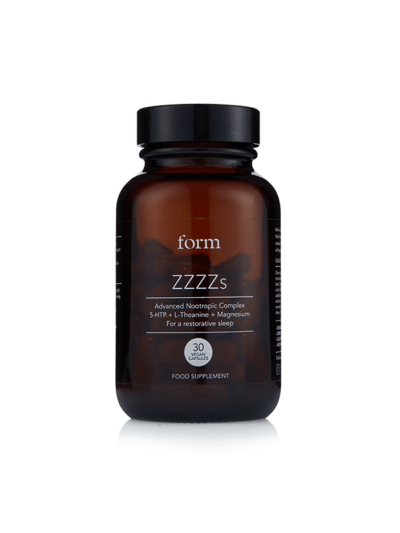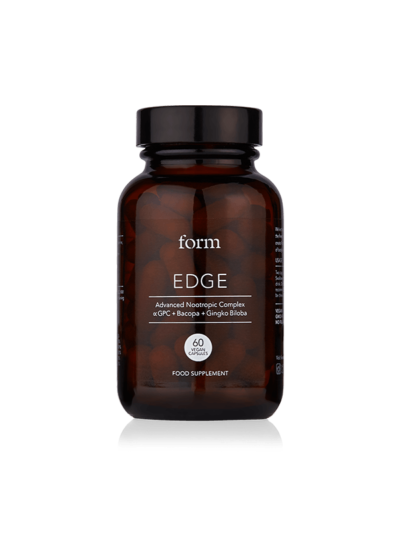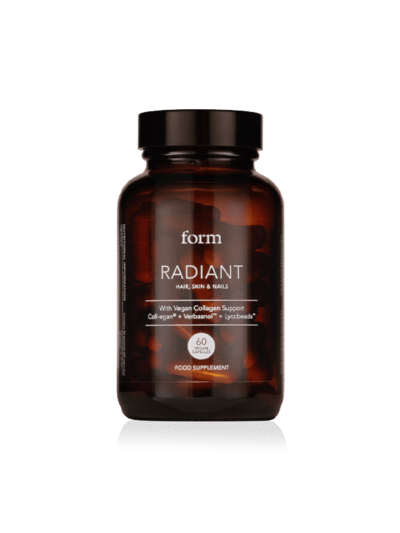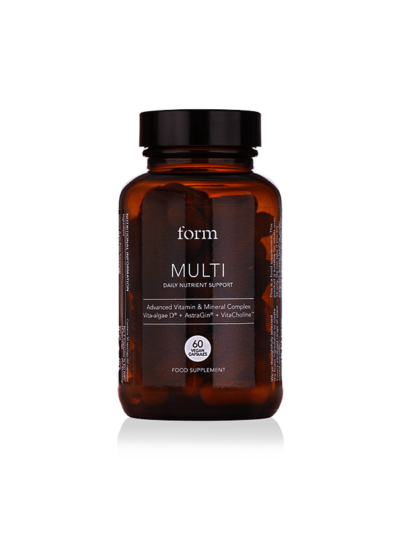Why The Reformer Might Be The Key To Easing Your Pilates Struggles
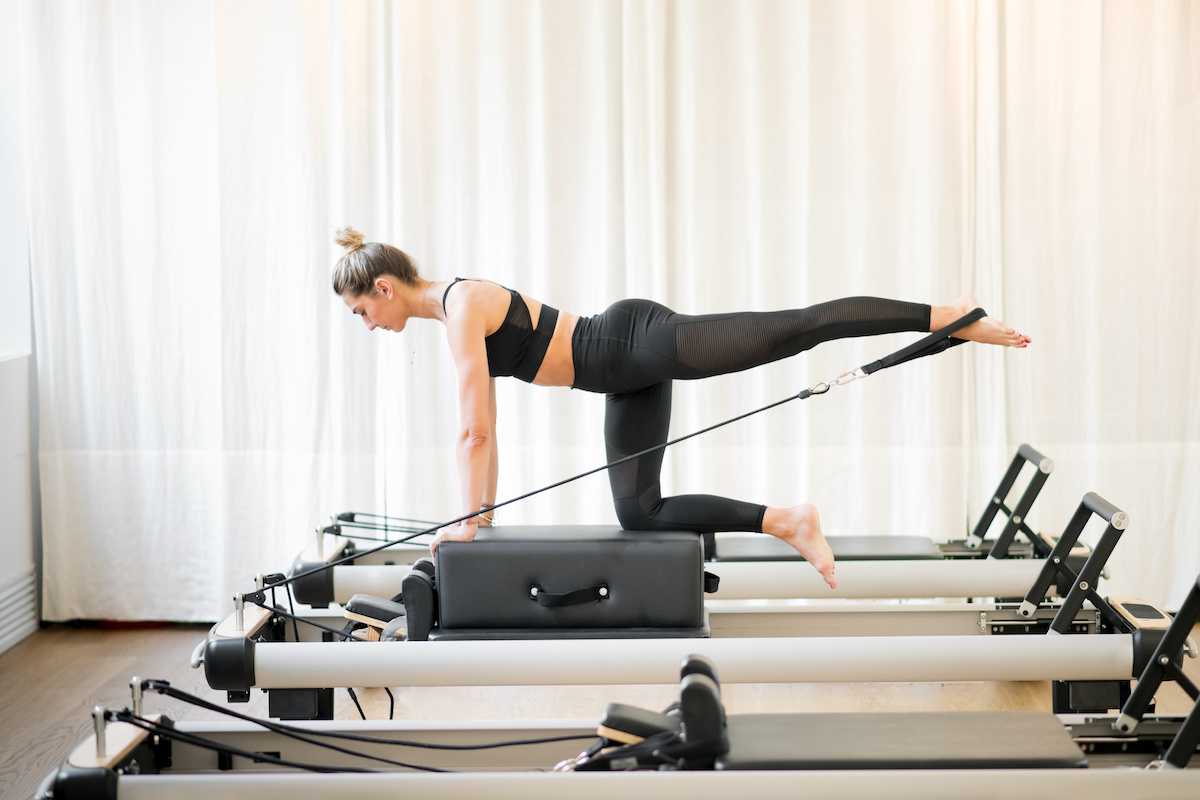
The pilates reformer is quite a daunting thing when you first lay your eyes on it. A mind-boggling mishmash of cables, springs, cushions and planks, it kind of resembles a medieval torture device. But just as those antiquated constructions were built to instil maximum pain, the Pilates reformer is designed for just the opposite, and to understand its longstanding place in the practice you have to go right back to the very beginning.
“Pilates was developed by a German man called Joseph Pilates,” explains Ellie Priest, founder and teacher at Brighton Pilates. “During the second world war Pilates was interned as a German National, and during his internment he got the chance to work as a nurse. It was here that he started to experiment with attaching springs to hospital beds so patients could still strengthen their muscles whilst they were bed bound.
“So, the reformer is essentially like a bed, known as the carriage, with springs attached that moves back and forth either by the user pulling on the straps or pressing against the foot bar. You can also add or remove springs during your workout to increase, or decrease the amount of resistance.”
Through his lifetime Pilates designed numerous pieces of equipment and apparatus to aid his practice, but the reformer remains the most famous and popular. If you’re a regular at the pilates gym or studio you’ll have likely seen them lined up, so if you’re wondering how to actually use one, or just starting out in the world of pilates and looking to devour as much info about the practice as you can, then this guide from Ellie should cover your early dalliances.
What Are The Benefits Of Reformer Machines?
The reformer gives the user support and encourages precision and correct body placement in each and every exercise. The feedback from the reformer allows the user to feel any areas where the body is misaligned or places of weakness. Each session offers a low impact, balanced, full-body workout that improves core strength while toning and lengthening the muscles against the resistance of the springs.
Reformer Pilates is also great for improving posture and with its requirement for intense focus on the correct placement of the body, it is fantastic for mental health as it really requires you to focus in and be present in your body.
How Does Reformer Pilates Differ From Pilates On A Mat?
Reformer Pilates gives the body a frame to work in, this provides immediate feedback so, in my opinion, Reformer Pilates is actually easier to get right than mat Pilates. There are huge benefits to gain from both, and actually in an ideal world mat and Reformer Pilates would be practiced by everyone.
Did you know that the way Joseph Pilates ran his studio was that people would come into the studio to use the apparatus — the reformer, tower, Wunda chair — and then he would send them home with the mat work as a home workout.
This is very much how I like to work. I train people in my studio using all the apparatus to really work the body and hone in on technique. Then their home workouts are done via my Pilates On Demand platform, which contains a huge bank of my mat workouts. I find this balance the best for real progression.
Changing The Springs And Finding The Right Resistance
The first thing to note is not all reformers are the same. Classical Pilates reformers have four springs all with the same tension, while contemporary reformers have five and these are colour coded with different tensions.
The springs are easy to change and I like to teach my clients how to change their own springs from lesson one. The reason for this is the transitions between exercises actually become part of the workout further down the line, and so it is important to know how to change your own springs to keep the flow of the workout.
In regards to finding the right resistance, there are set spring settings for each exercise, so, it is simply a case of remembering these. However, often an experienced teacher or client will play around with the spring settings depending on what focus you want to find in the exercises. Often people think that more springs make it harder, which is not actually always the case.
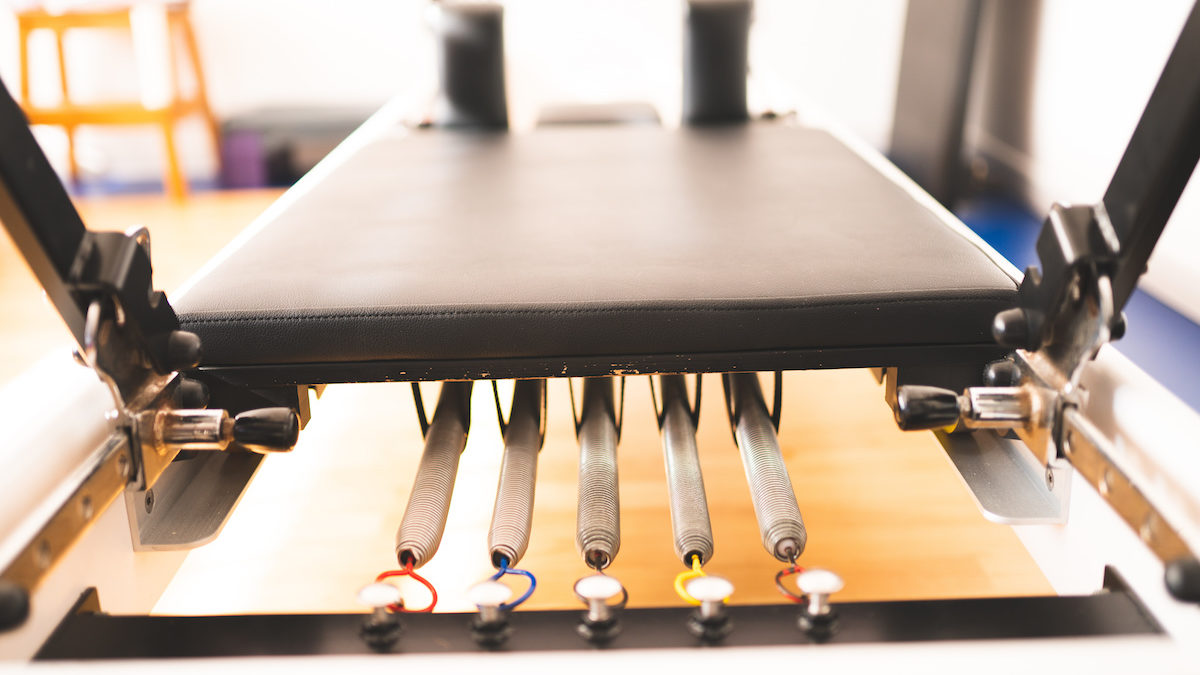
Breaking Down The Different Straps
Classical and contemporary Pilates reformers differ slightly here in terms of the design of the straps and they are manufactured by many different companies. On a classical reformer the carriage is moved with leather straps and on a contemporary reformer ropes and risers are used.
The original classical reformers come with the long 27 inch extension straps, which are used for exercises such as leg circles and frogs, as well as more advanced exercises such as long spine massage. Essentially each of the straps, and handles, are used to pull or push the carriage against the resistance of the springs and your own body weight using your arms or legs.
Things To Keep In Mind When You Start Reformer Pilates
Focus Less On Your Legs
The very first exercise on the reformer is the footwork. Often when people start Pilates they muscle their movements with their legs. Over time, it is the teachers job to get the client to understand that the exercise isn’t about pushing back and forth with the carriage through the legs but more about the lift in and up of the centre against the springs, the maintaining of the length of the spine on the mat, the opening of the front of the hips and the resistance of the carriage as it comes back in to create length and space in the body. It’s not just pushing the carriage back and forth to get a leg burn.
Learn To Be Fluid
Another important thing to learn over time is to move efficiently and fluidly through the exercises so that the work becomes like a dance. However, this comes with lots of practice and through a knowledge of the exercises and knowing the order of the exercises.
Remember The Names
So, this brings me to my final point — remember the names of the exercises. It is only once a client remembers the exercises that they can really flow through and feel the work to its fullest.




